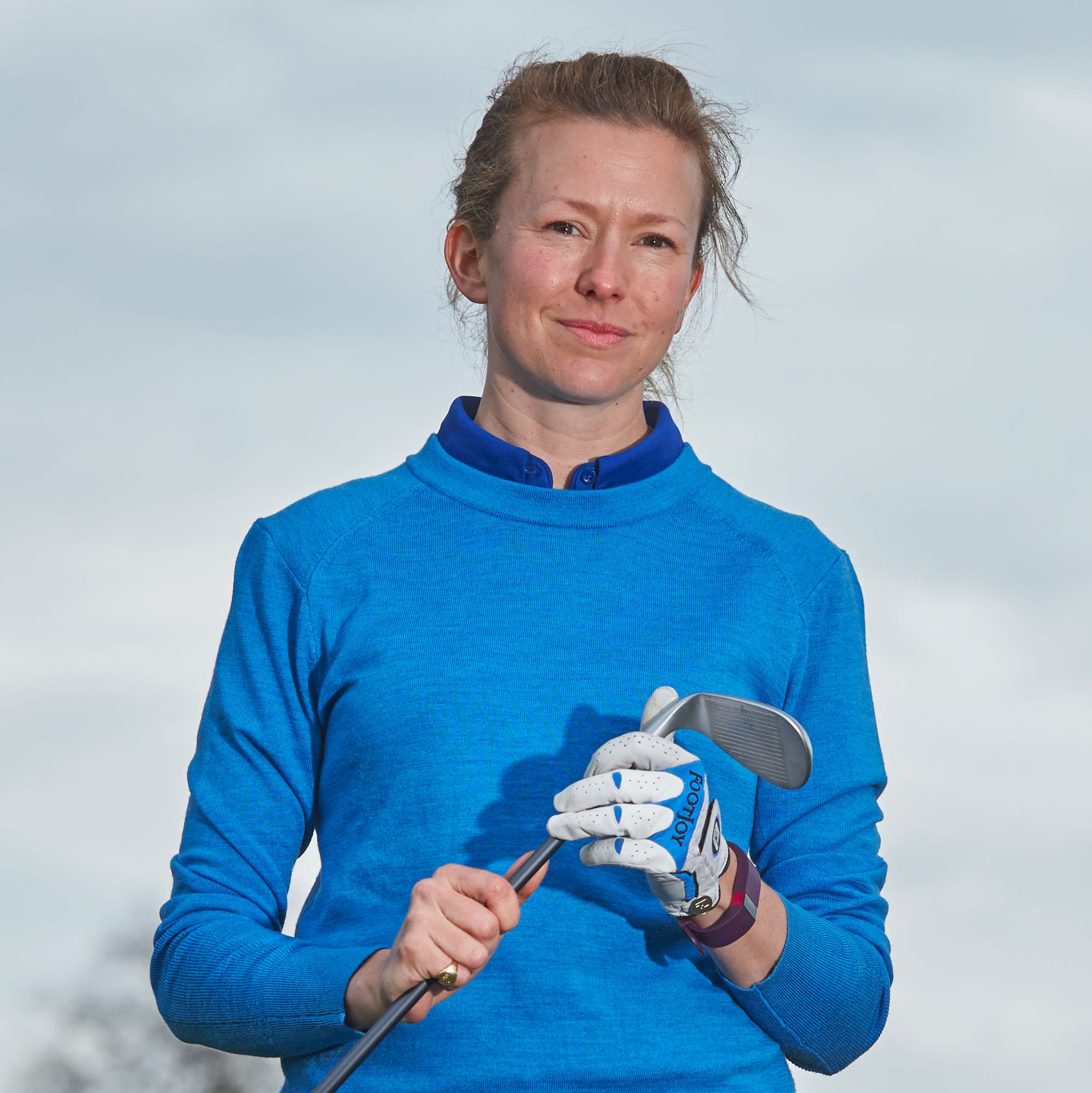If you are struggling to synchronise your golf swing, or you regularly suffer from a poor strike on the golf ball, the problem might be caused by an overswing.
Learning how to stop overswinging is important for amateur golfers, because while some top professionals are able to use a longer swing to full effect, this extra length can lead to a number of common swing faults for the average club golfer.
In this article, Top 50 Coach and Advanced PGA Professional Katie Dawkins shares her expert advice on how the perfect golf grip can go a long way to solving your overswinging woes, and also provides two ingenious drills to help you banish the issue for good…
What Is An Overswing?
Barry Plummer, Instruction Writer at Golf Monthly, says:
An overswing is when the club moves past horizontal to the ground at the top of the backswing, often with the clubhead pointing down to the ground and to the right of target.
Some top professionals like Jon Rahm and John Daly have a noticeable overswing, but compensate for this perfectly in other aspects of their mechanics to ensure perfect contact and a powerful strike.
For many amateurs, making these necessary adjustments to work with an overswing are not realistic, so finding an appropriate antidote for the problem is paramount.
Grip: A Common Root Cause Of An Overswing
Katie Dawkins
Katie is an Advanced PGA professional with over 20 years of coaching experience. She helps golfers of every age and ability to be the best versions of themselves. Katie coaches the individual and uses her vast experience in technique, psychology and golf fitness to fix problems in a logical manner that is effective.
One of the most common swing faults I see in female golfers is a collapse of the arms at the top of the swing, followed by the leak of power that happens as they try to throw the club back to the ball.
Often a root cause of this inefficient lengthy action happens at set up, before the golfer even takes the club away. The way we hold the club is key to hitting certain positions in the backswing, which creates a powerfully loaded action.
If a golfer holds the club too much in the palm of their hands then they are essentially locking out their ability to cock their wrists.
Instead, ensure the club nestled lower in the fingers, not up in the palm where a telltale wear mark in the glove points to poor positioning.
..
Click Here to Read the Full Original Article at Latest from Golf Monthly in Tips…
